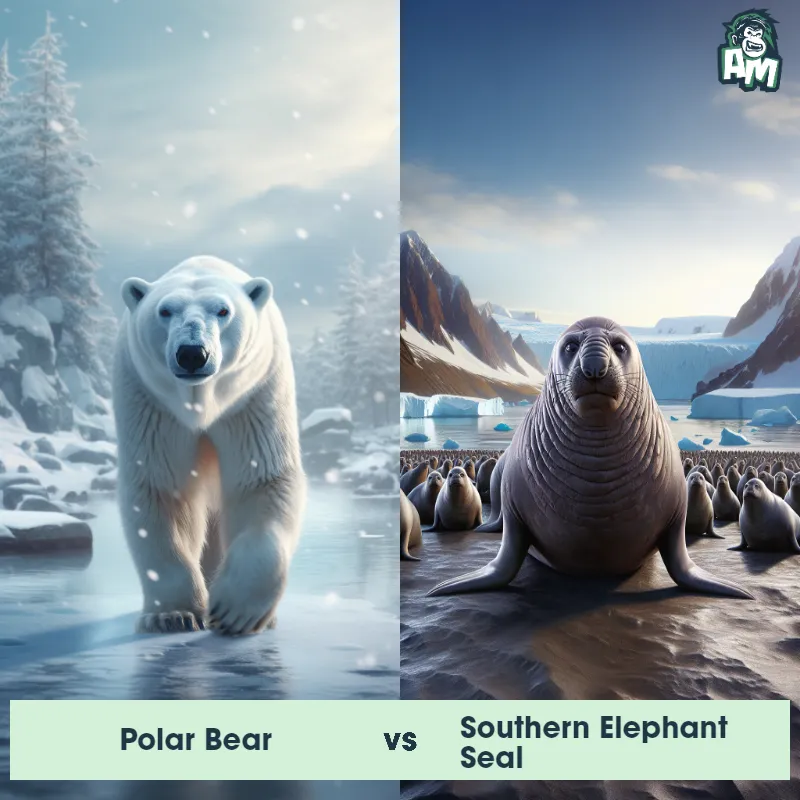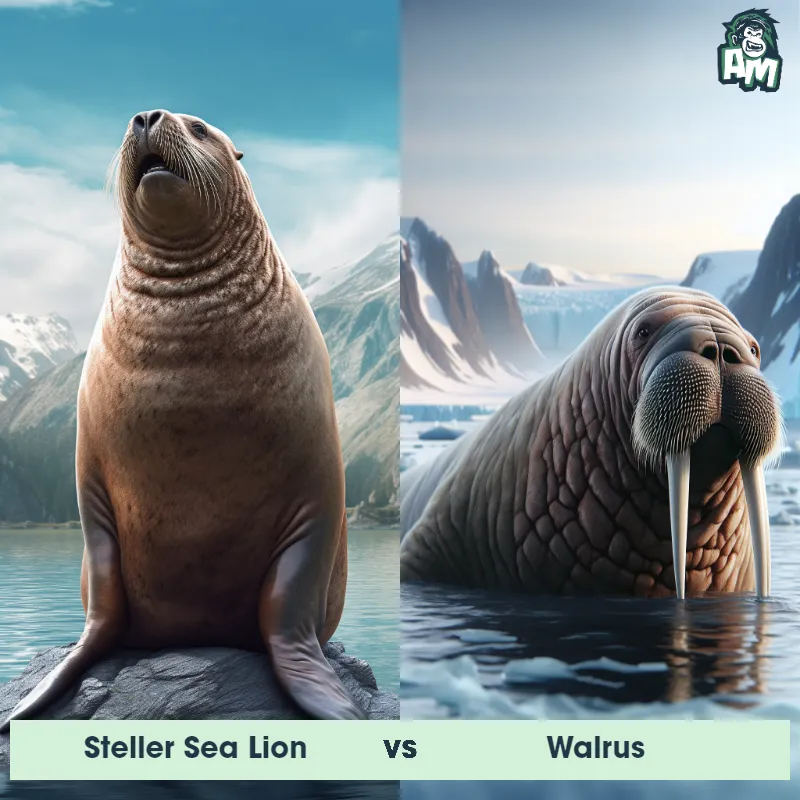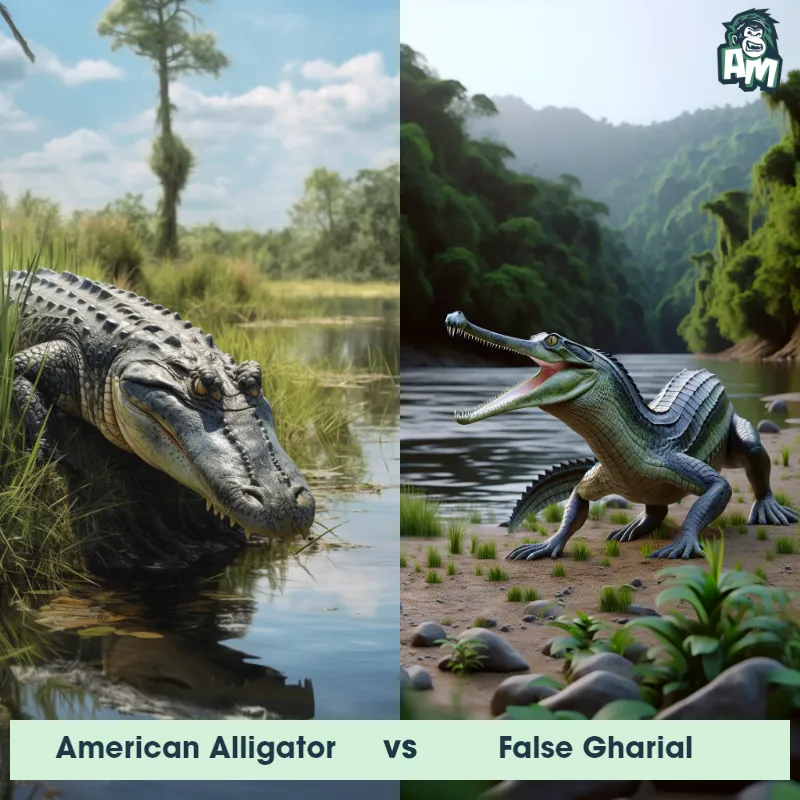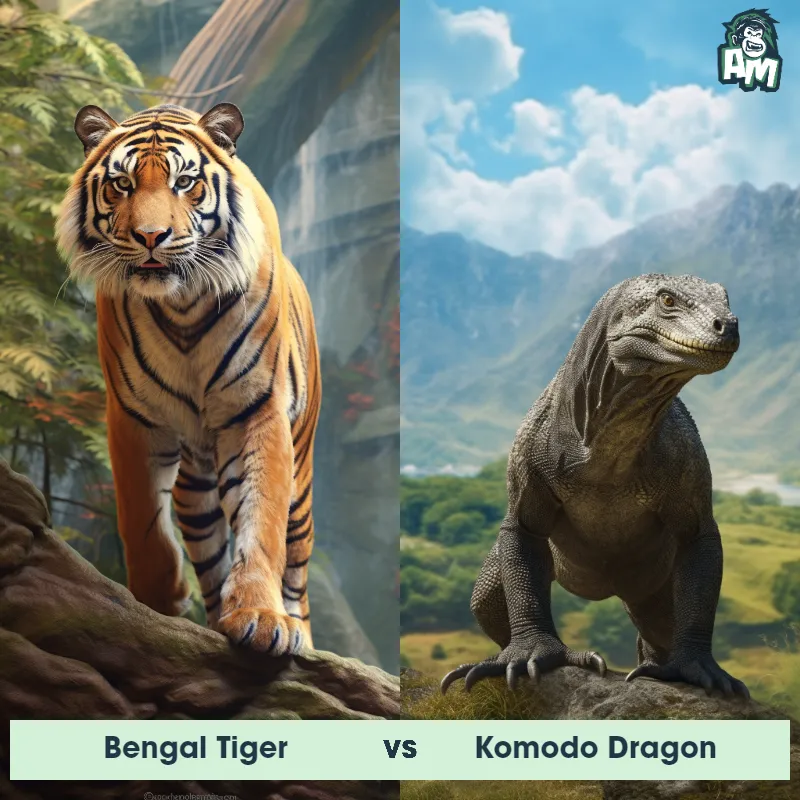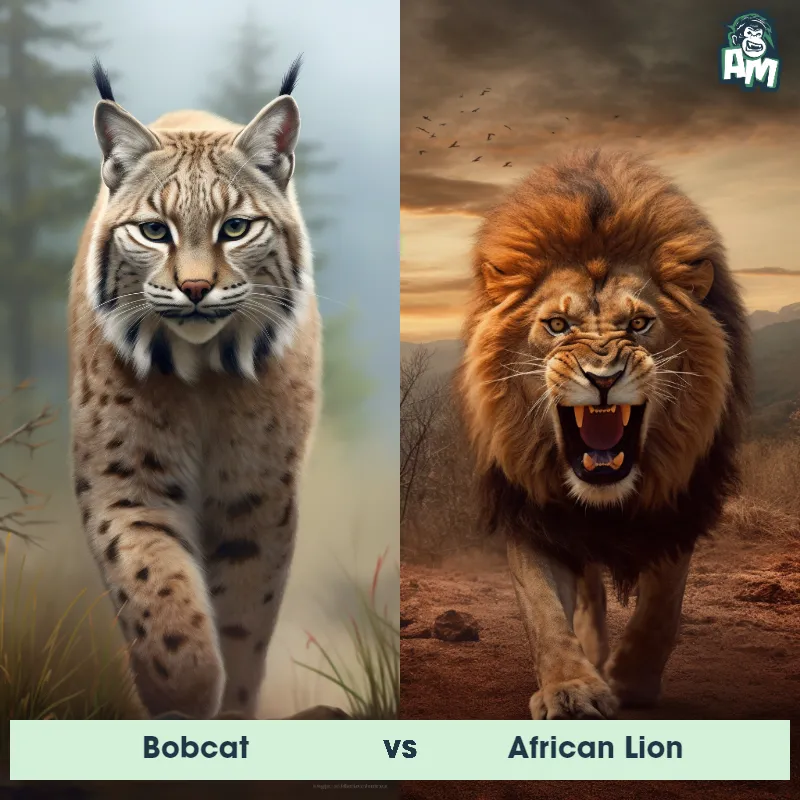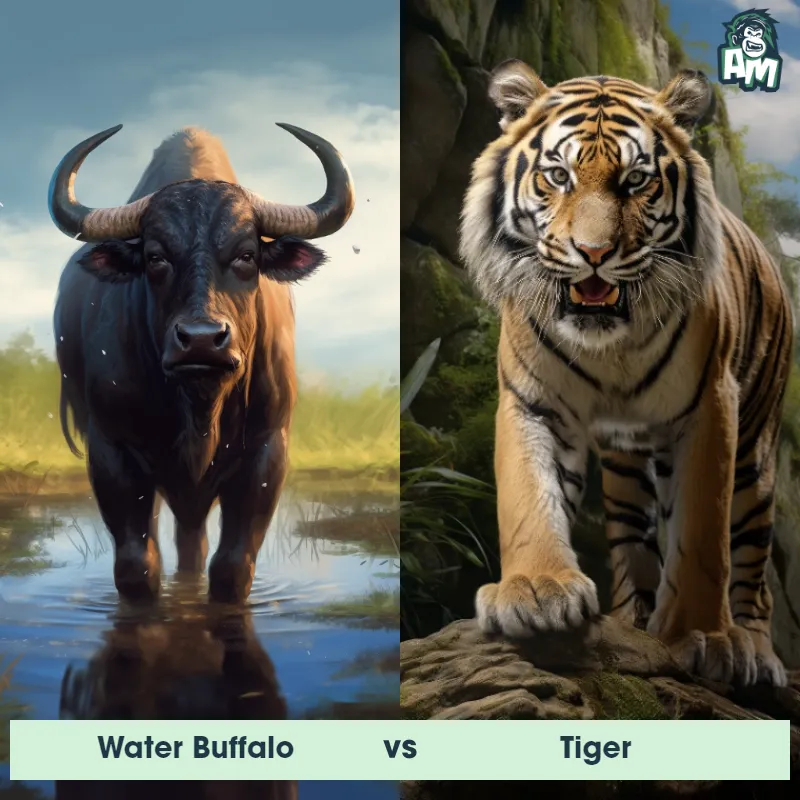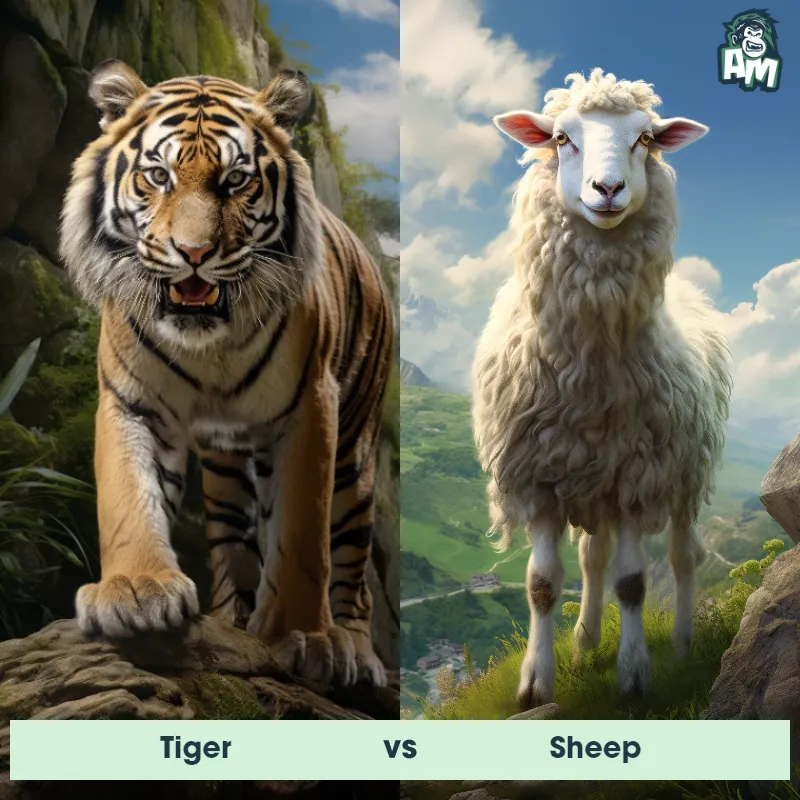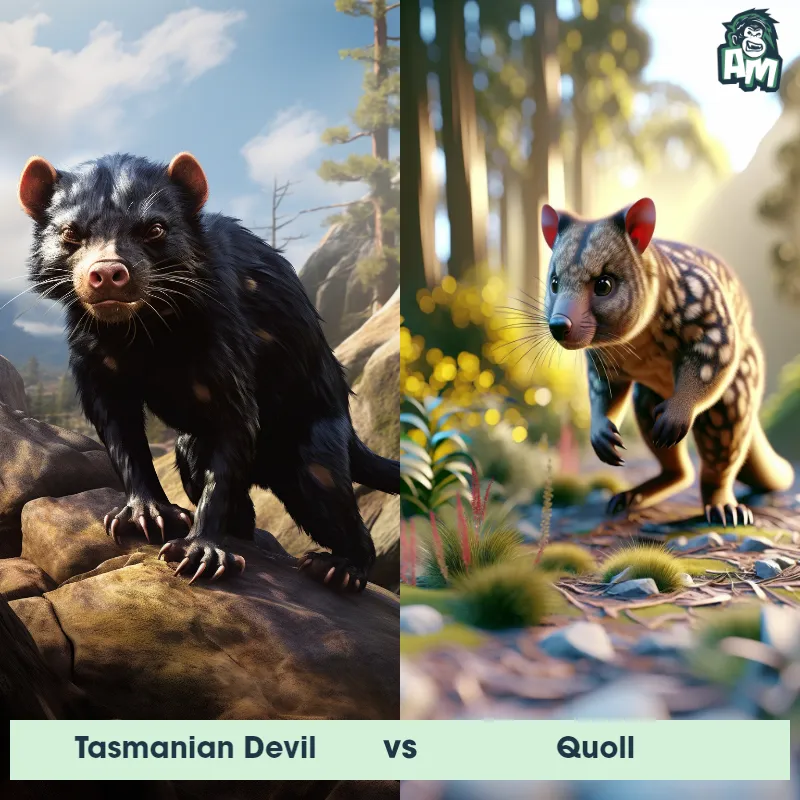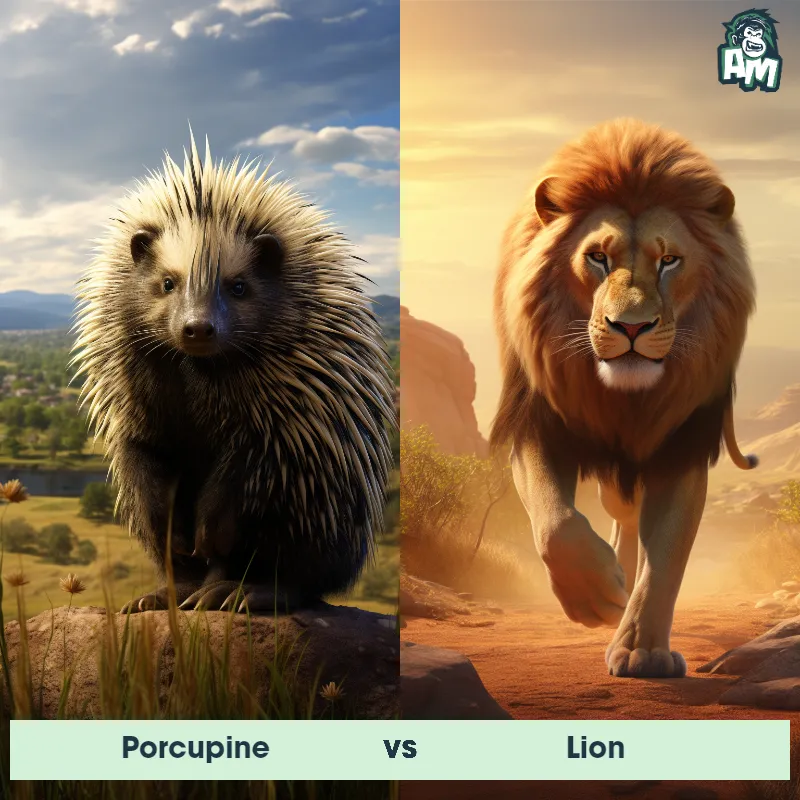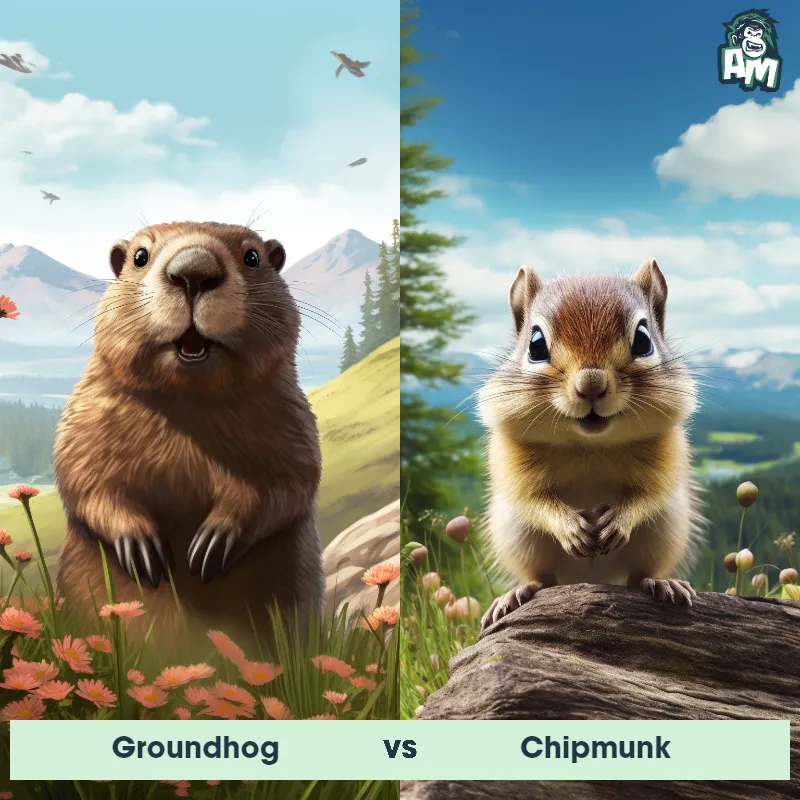Ocelot vs LeopardSee Who Wins

Ladies and gentlemen, welcome to this thrilling showdown between the Ocelot and the Leopard. Two fierce felines, both known for their agility and cunning. We are in for a wild ride tonight, so let's dive straight into the action!
Contender 1: Ocelot
The Ocelot, also known as the dwarf leopard, is a small wild cat native to South and Central America. They have a distinctive coat pattern of black spots and stripes on a tawny background, with a white belly and dark stripes on their cheeks. Ocelots have large, expressive eyes and short, rounded ears. They are skilled climbers and hunters, with sharp claws and teeth.
Fun Fact: Ocelots are excellent swimmers and are known to catch fish in the water.
Contender 2: Leopard
The Leopard is a large and powerful carnivorous mammal that is known for its distinctive coat pattern consisting of rosette-like spots. It has a slender body, muscular limbs, and a long tail, enabling it to be agile and swift. Leopards are primarily nocturnal creatures, preferring to hunt during the cover of darkness. They are highly adaptable and can thrive in a variety of habitats, ranging from dense forests to open grasslands. With exceptional climbing skills, they are capable of dragging their prey up trees to keep it safe from other predators.
Fun Fact: Leopards are incredibly strong and possess immense agility, as they are capable of leaping horizontally up to 6 meters and vertically up to 3 meters, allowing them to ambush their prey from above with precision.
Matchup Stats
| Ocelot | Leopard | |
|---|---|---|
| Size | 2-3 feet (0.6-0.9 meters) in length | 24-28 inches (60-71 cm) at the shoulder; 5-6 feet (1.5-1.8 meters) in length |
| Weight | 20-35 pounds (9-16 kilograms) | 80-160 pounds (36-73 kilograms) |
| Speed | Speed: 50 mph (80.47 km/hr) | 36-37mph (58-60km/h) |
| Key Strength | Agility and sharp claws | Powerful jaw and sharp claws |
| Biggest Weakness | Lack of size and strength compared to larger predators | Less endurance compared to some other big cats |
Current Votes
Ocelot vs Leopard
See Who Wins
View More Matches
Looking For More?
Similar Matches
Scientific Stats
| Ocelot | Leopard | |
|---|---|---|
| Scientific Name | Leopardus pardalis | Panthera pardus |
| Family | Felidae | Felidae |
| Habitat | Forests, grasslands, and swamps | Variety of habitats including forests, grasslands, and mountains |
| Geography | South and Central America | Africa, parts of Asia |
| Diet | Small mammals, birds, reptiles, and fish | Carnivorous, preys on various animals including ungulates, small mammals, birds, and reptiles |
| Lifespan | 10 years - 13 years | 12 years - 17 years |
Key Differences between Ocelot and Leopard
- Tail appearance: The Leopard has a relatively long and thick tail with a white underside, which aids in balance and communication, whereas the Ocelot has a comparatively shorter and bushy tail, without any clear color differentiation.
- Color pattern: The Leopard's coat displays a characteristic rosette pattern consisting of black spots with brown centers, while the Ocelot exhibits a more intricate and varied pattern of solid black streaks and spots on a yellow or light brown background.
- Size: The Leopard is significantly larger than the Ocelot, with an average length of 7 to 9 feet (2.1 to 2.7 meters) and a weight of 80 to 160 pounds (36 to 73 kilograms), whereas the Ocelot measures about 3 to 4 feet (0.9 to 1.2 meters) in length and weighs between 20 to 35 pounds (9 to 16 kilograms).
- Ear size and shape: Leopards possess relatively large, round-shaped ears with a distinctive white spot on the back, while Ocelots have smaller, rounded ears without any distinct markings.
- Habitat: Leopards inhabit a wide range of environments including forests, grasslands, and mountains across Africa and Asia, while Ocelots are primarily found in dense rainforests of Central and South America.
- Facial markings: Leopards have distinctive black tear-shaped markings on their face that start from the inner corner of each eye and extend down to the sides of their mouth, while Ocelots lack these tear marks.



